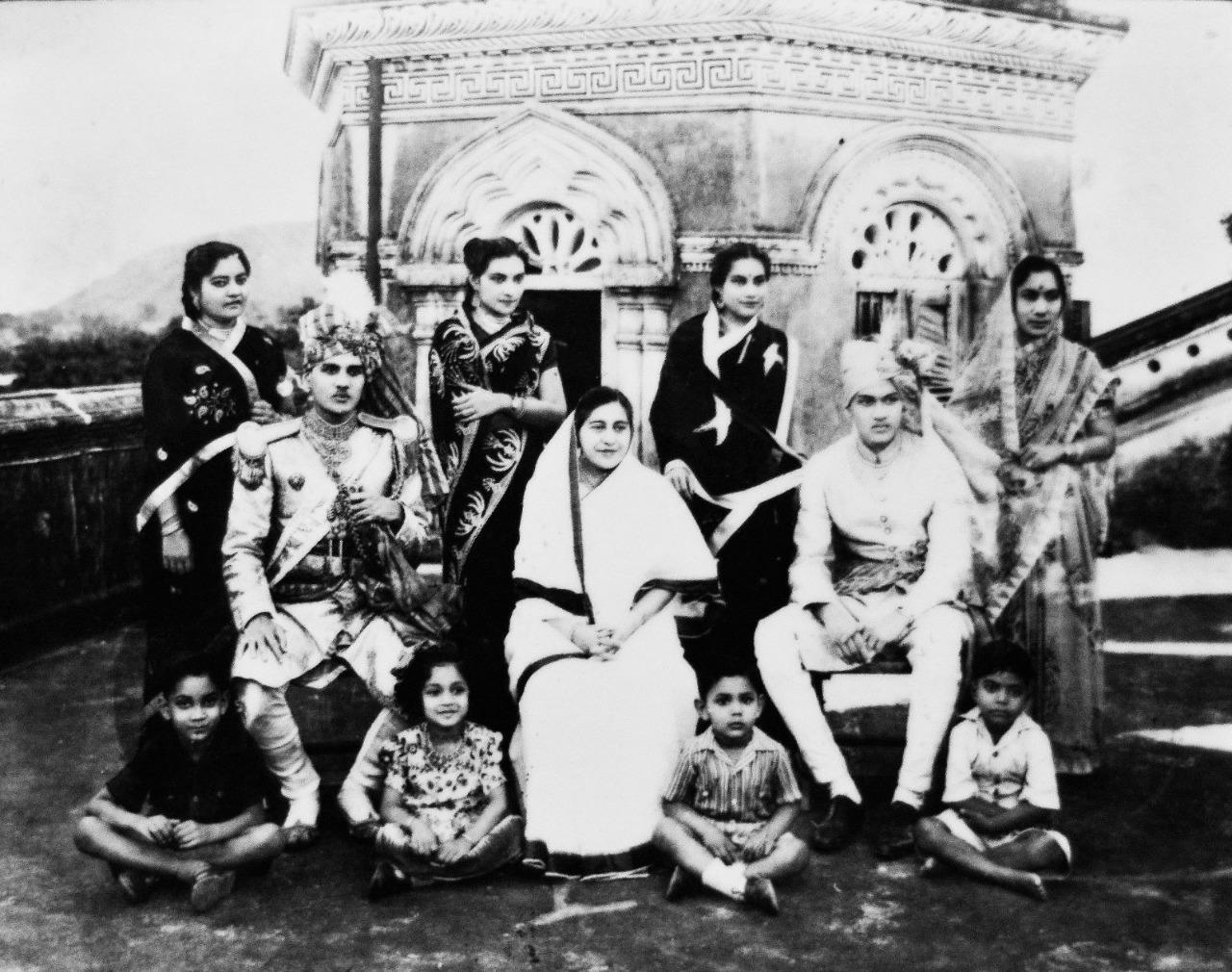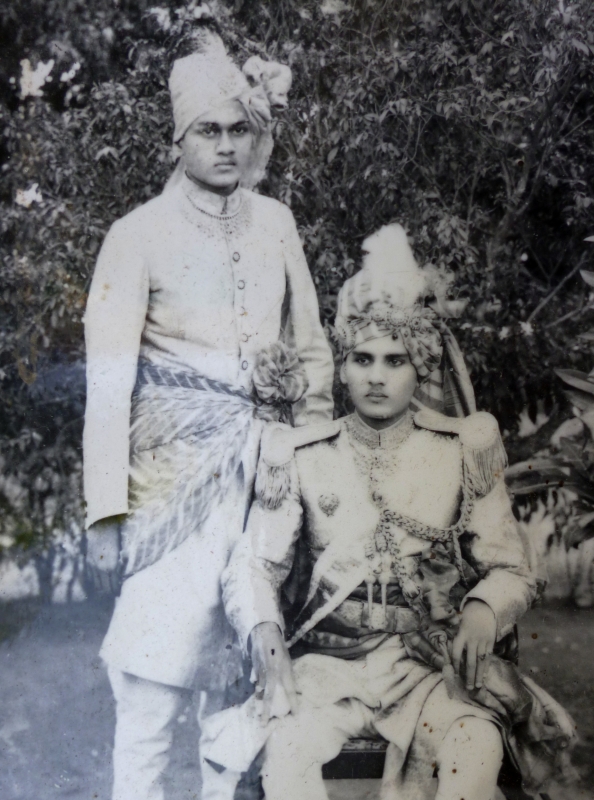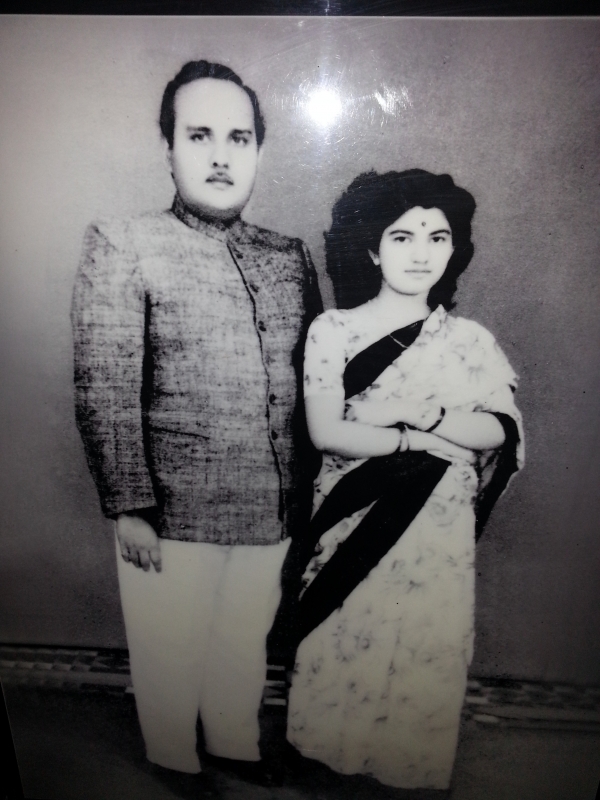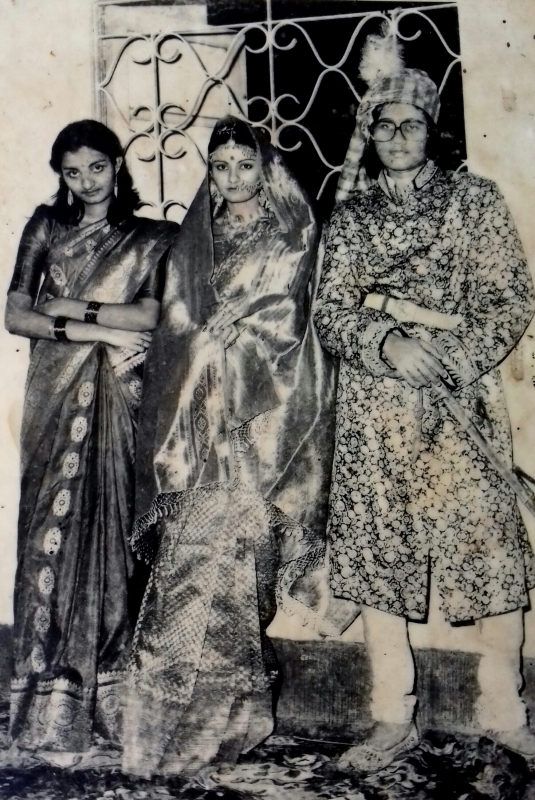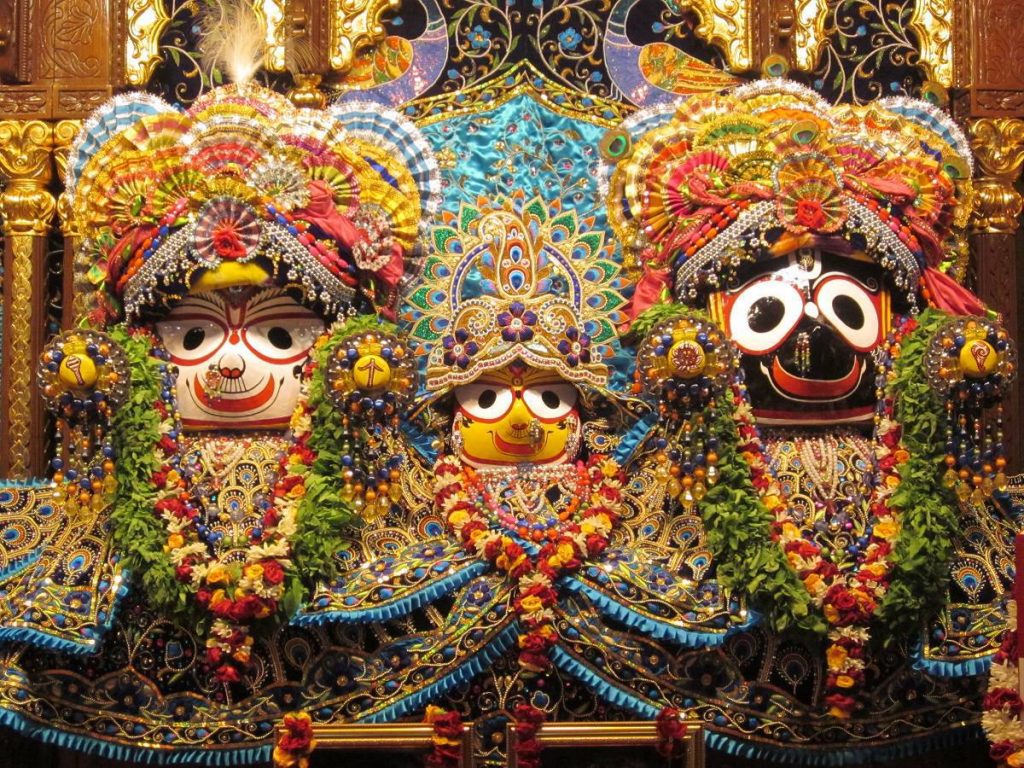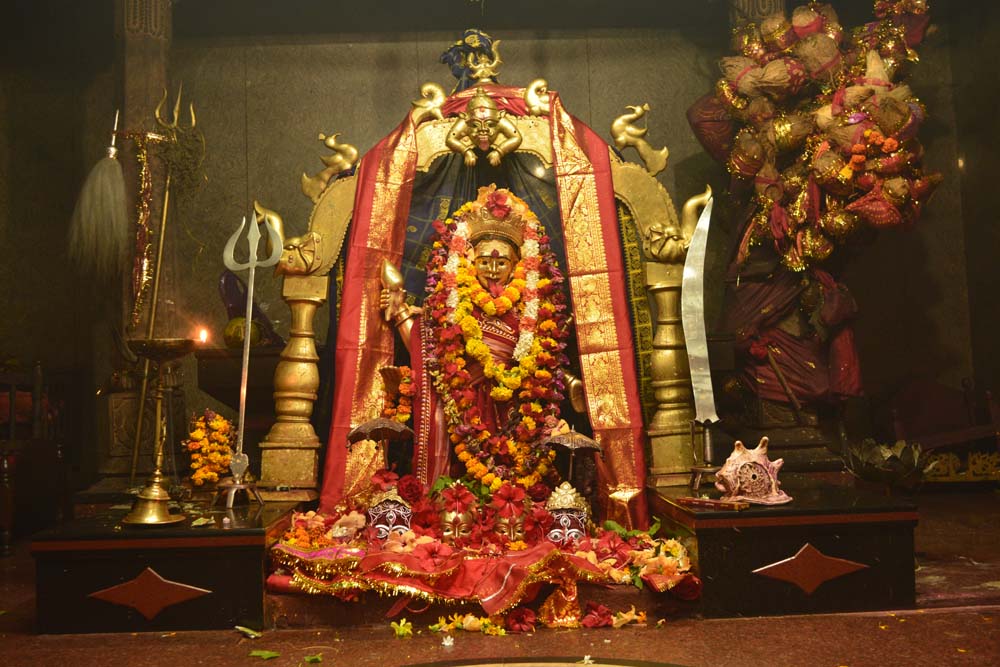Kings of Sūrya Vaṃśa Sarvajnapeetha Surangi Samrajyam
Kings of of Sūrya Vaṃśa Sarvajnapeetha Surangi Samrajyam
The Kings of the Great Chola Kingdom such as Karikala Cholan and Raja Raja Cholan who built the towering Śiva temple at Tanjore (South India) belonged to the Sūrya Vaṃśa. The Cholas worshipped Sūrya and built several Sun Temples including the Konark Sun Temple in present day Orissa, which was built by the Chola princess Kundavai Naachiyar who was the daughter of Raja Raja Chola and the wife of Vimaladitya.
The King Ellalan of the Sūrya Vaṃśa Chola Dynasty earned the title Manu Needhi Chozhan (upholder of the Law of Manu) for his adherence to righteousness and justice and to laws codified by the originator of the Sūrya Vaṃśa Dynasty, Manu. He was known for giving justice to a cow whose calf was killed by his own son when driving a chariot carelessly.

Defenders of Bharat: Rajput Kings
From the 6th Century AD the Sūrya Vaṃśa lineage of Ikṣvāku has been called by modern nomenclatures as the Rajputs and who were warriors of the ultimate courage and skill who defended Bharat (India) from the invading barbarian tribes from the west and who were rulers who upheld the eternal principles of Sanātana Hindu Dharma.
The famous Rajput King Maharana Pratap was born 247 generations after King Ikṣvāku in the same lineage of the Sūrya Vaṃśa.

King Maharana Pratap

King Chhatrapati Shivaji
Chhatrapati Shivaji (1630–1680) the great King of the Maratha Empire who fought hard to protect a large part of Southern India and its heritage from the destruction by the Mughals belongs to the lineage of the Sūryavaṃśi Sisodia Rājputs.
Kailaasa Paramparagatha Surya Vamsa Sarvajnapeetha Surangi Samrajyam
Lineage in the 20th Century
The Rajput Kingdom of Surangi, The Sūrya Vaṃśa Sarvajna Peetha Surangi Samrajyam, was ruled by great Kings who were descendants of King Harishchandra, occupying the region in the north of present-day Andhra Pradesh and near the border of present-day Orissa and is today the only surviving living tradition of this great lineage.
In the 17th Century, the Kingdom of Surangi was ruled by Raja Dinabandhu Harishchandra Jagdev who was the Guru of Abhimanyu Samant Singhar, the famous 17th-century composer.
Abhimanyu Samant Singhar
His son Raja Keshab Raj Harishchandra Jagdev, Raja of Surangi (1697 to 1715), composed the Rasa Sindhu Sulakshana and his son Raja Mukund Harishchandra Jagdev, Raja of Surangi was also a composer and a musician who played the Veena.
His son Raja Chandrachuda Mani Harishchandra Jagdev of Surangi shifted his palace from Surangi to its current location in the city of Ichapuram and was succeeded to the throne by his son Raja Purna Chandra Deo Harishchandra Jagade.
Raja Chandrachudamoni Harishchandra Jagdev of Surangi Estate
British invasion and remaining extent of the Surangi Kingdom
In Post Independence India, most of the Kingdoms of the Suryavamshis were usurped into the dominion of the Indian Union by the invading British, but allowing them to retain their lineage and titles and certain properties specifically owned by them.
During this period, 212 Sq. Km of the Surangi Kingdom comprising of 129 Villages were under serious threat of invasion, forcibly and illegally dispossessed from the Kingdom and made a part of the secular Indian Union using the Instrument of accession which was introduced by the British Government of India Act 1935



(Ref: Australian Research by Dr. Henry Soszynski – showing that Surangi was recognised as an independent princely state by the British Government ruled by the “Raja” (KING) – Study of Orissa estates during the 19th century).
Source: https://members.iinet.net.au/~royalty/ips/misc/orissa_estates.html)
Continuation of the lineage of the Surangi Kingdom
Raja Kirti Chandra Deo Harishchandra Jagadev, Raja of Surangi, 13th June 1933 – Nov 1993, ruled the Kingdom of Surangi during his lifetime and also represented the Ichapuram constituency as a Member of the Andhra Pradesh Legislative Assembly in 1961.
Rani Soubhagya Manjari Devi and Family
Raja Kirti Chandra Deo and Sandeo Jaychandra Deo
Late Raja Saheb Kirti Chandra Deo and Rani Saheba Soubhagaya Manjari Dev
His elder daughter Rani Manoja Manjari Devī was adopted into another family early in her life.
His son Raja Hrudaya Chandra Deo Harishchandra Jagadev, Raja of Surangi, born 9th March 1966, died unmarried and childless on 13th September 2004.
His younger daughter, Rani Sana Jema Manjula Manjari Devi (Mrs. Manjula Pooja Shroff), then assumed the position of the Queen and Heiress of the Surangi Kingdom.
Pato Jema Manoj Manjari Devi with San Rani Jema Manjula Manjari Devi (Mrs. Manjula Pooja Shroff) and
Late Raja Hrudaya Chandra Dev
Lord Jagannath of Puri (top) and Akarshini Devi (Taratarini Devi at the bottom), the main deities of Orissa are the Kula Devatas, deities worshipped by the Royal clan, of the Surangi Kingdom.





